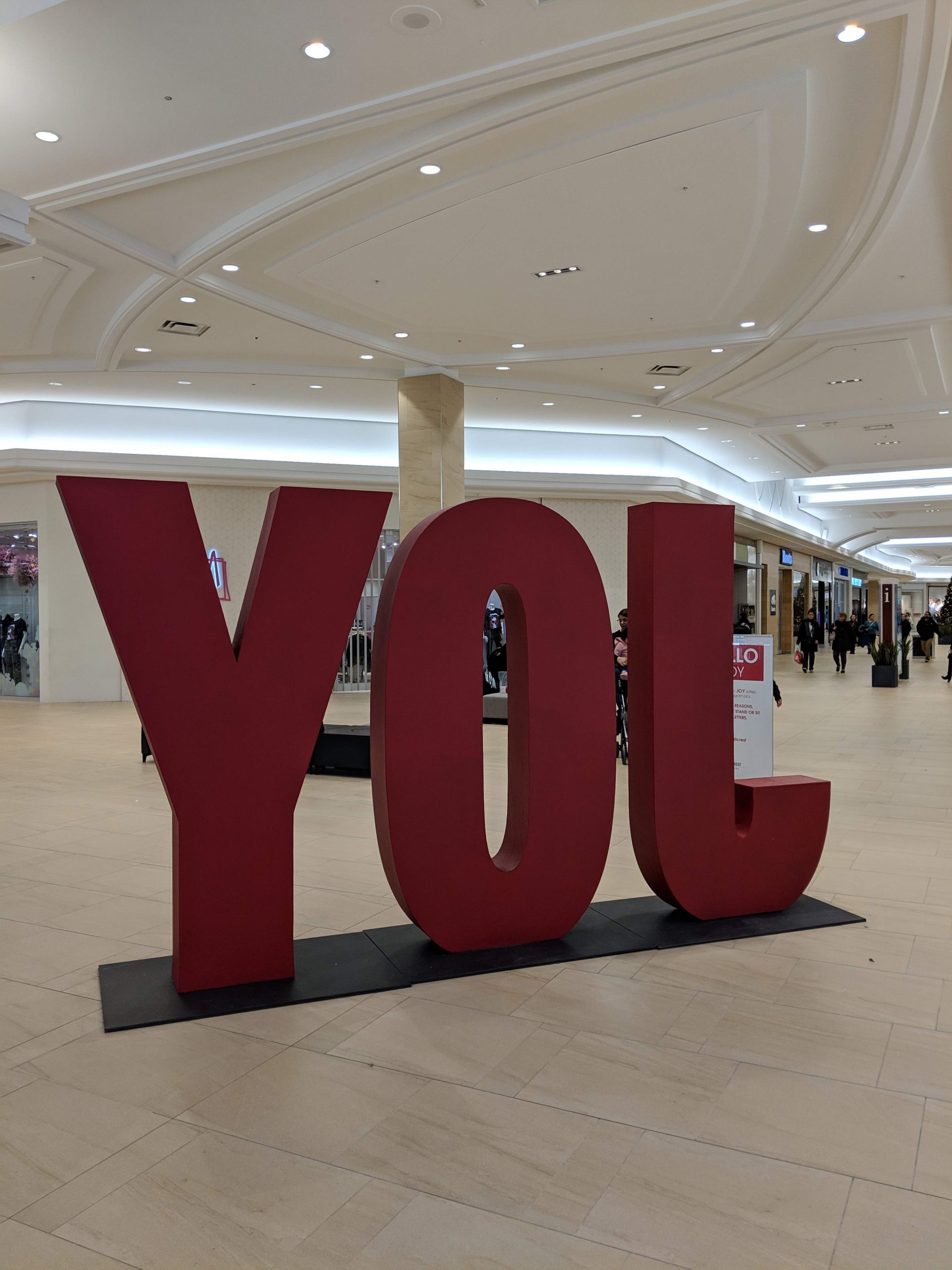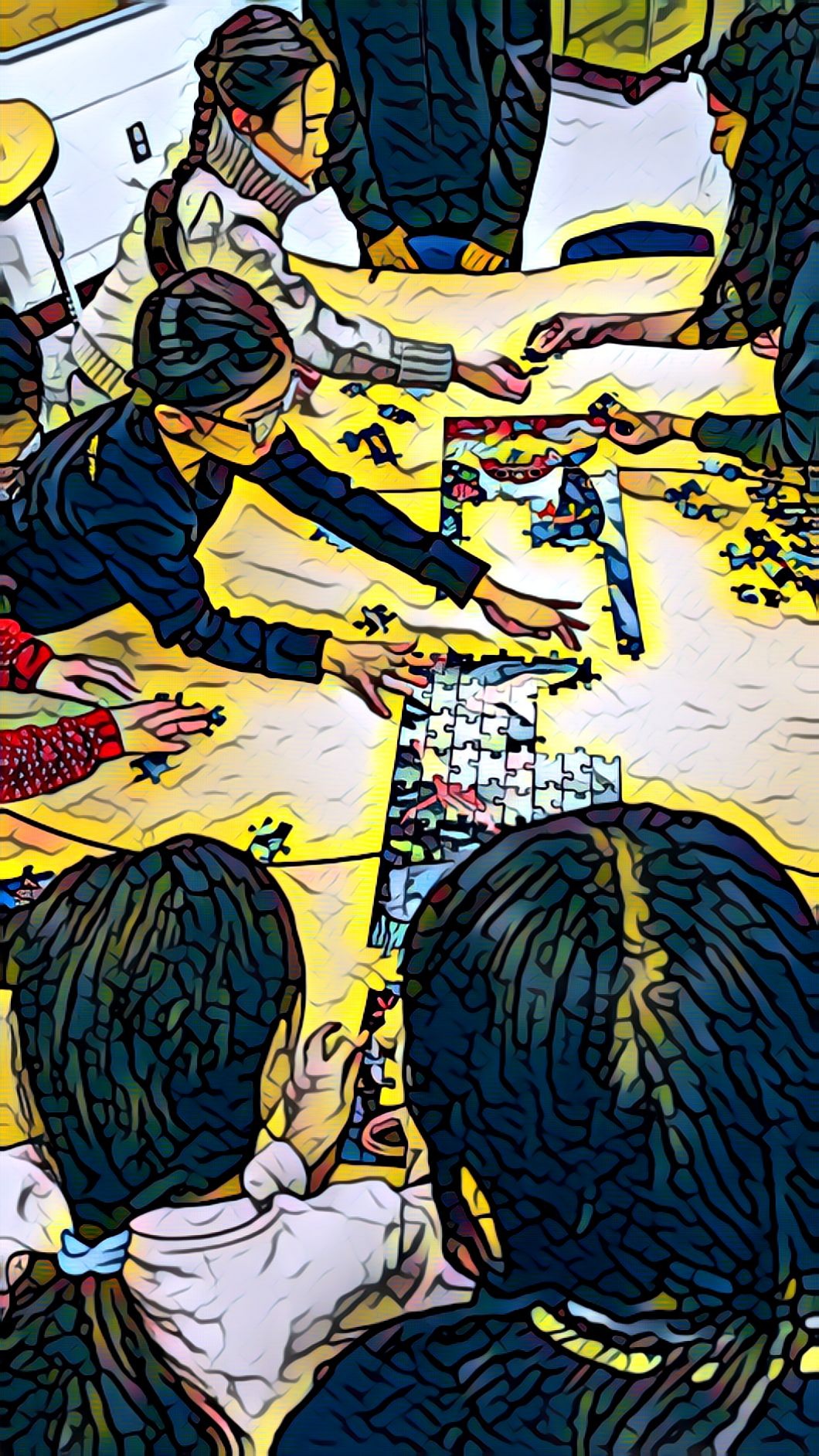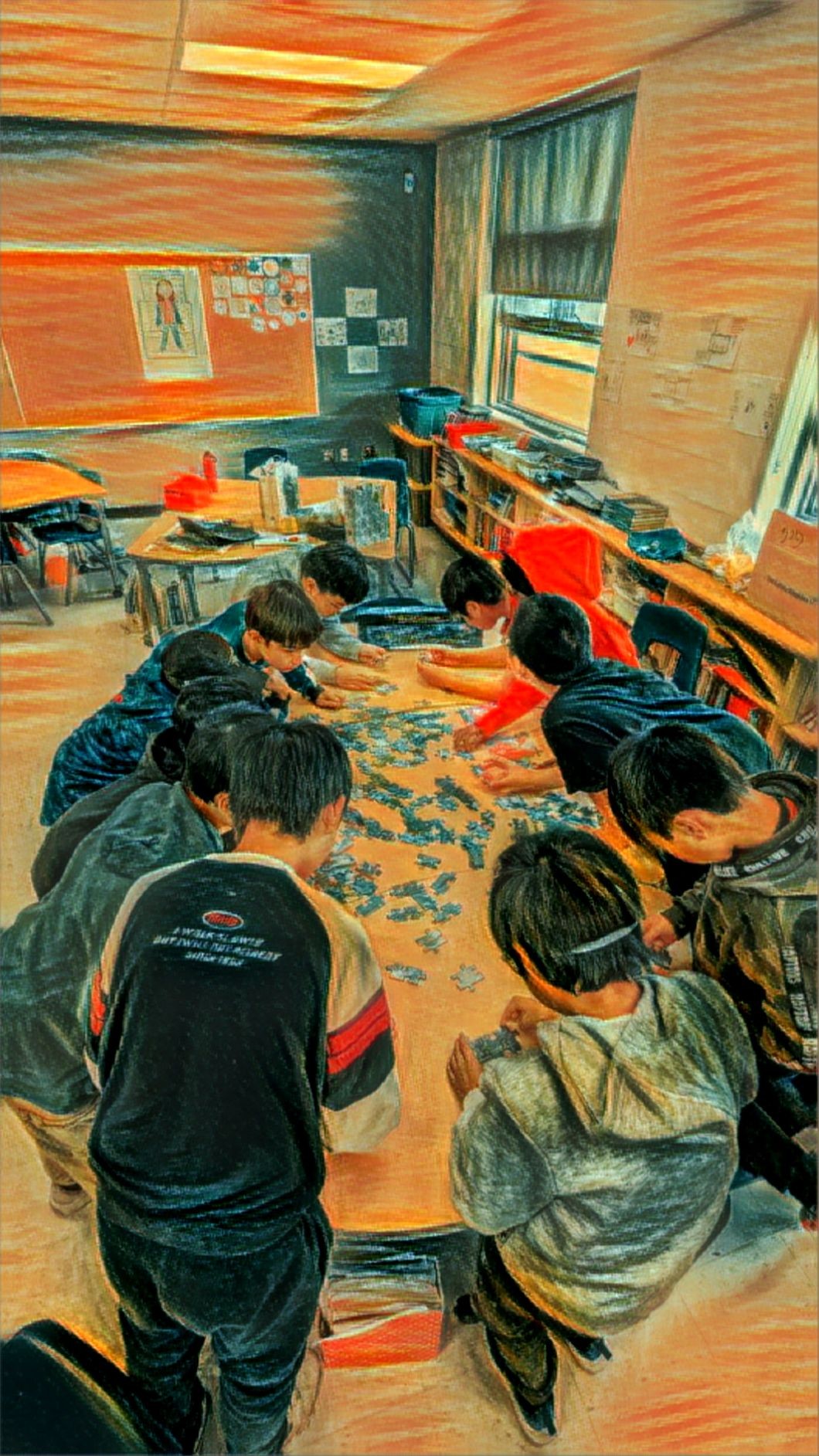Au revoir janvier. Cue the fireworks as we look forward to the year of the Dragon along with many of our students. What a natural segue to a follow up to my earlier post daring 2023 where I unpacked what was daring in my classroom last year. For now though, let’s talk about dragons.
In the spirit of transparency, I am not a huge fan of fantasy books, neither of games with the word dungeons in them, nor into television shows where dragons are used as war machines in by gone Scandic empires. I am a fan of the book Dragon Rider by Cornelia Funke and of the mythology, stories, and art about dragons in Asian culture. Most of what I have learned about the latter with regards to the cultural significance of the Chinese Zodiac has come from my students, and their families. As a result, I am always gifted with something new from those interactions. Whether it is during an in school celebration of Lunar New Year when students dress in traditional new year’s clothing from their culture, or a retelling of activities shared at home with extended family.
I may have also wondered whether the 12 year cycle animals and their respective traits correlates at all to what goes on from year to year in the classroom. Would I know well enough to differentiate with such limited experience? I was born in the year of the Horse after all. In a nutshell, I am adventurous, energetic, and independent, but lack academic intelligence. This really means I am going to need the whole village to point me in the right direction, but I’ll get there at my own pace once I know the way.
For reals this time: a bit more about the Year of the Dragon – 2024.
“Years of the Dragon include 2036, 2024, 2012, 2000, 1988, 1976, 1964, 1952…
People born in Dragon years usually possess natural courage, tenacity, and intelligence, often displaying enthusiasm and confidence. In Chinese culture, the Dragon holds a significant place as an auspicious and extraordinary creature, unparalleled in talent and excellence. It symbolizes power, nobility, honour, luck, and success.” via Year of the Dragon:
Talk about daring
If the characteristics of a dragon are not filling your thoughts about the work we do as educators, take another look at the list of traits above. Even with my horse-like tendencies, I can relate to the exciting, daring, and dignified descriptors used to define dragons, I mean educators. As we move forward through the Year of the Dragon, let’s all be daring enough to recognize the incredible courage, determination, and energy we all bring to school each day.
The fact that only 1/12th of us are born in the Year of the Dragon is not being overlooked. If we look at the other years/animals of the Chinese Zodiac we will find numerous positive traits that educators possess as well.
Let’s dare to acknowledge and celebrate the work we do and the accomplishments of those around us. Let’s hold our heads high even when time’s get tough. Let’s dare to try new things and take chances without fear of failure. Let 2024 be the best Year of the Dragon ever- unparalleled in talent and excellence”.



